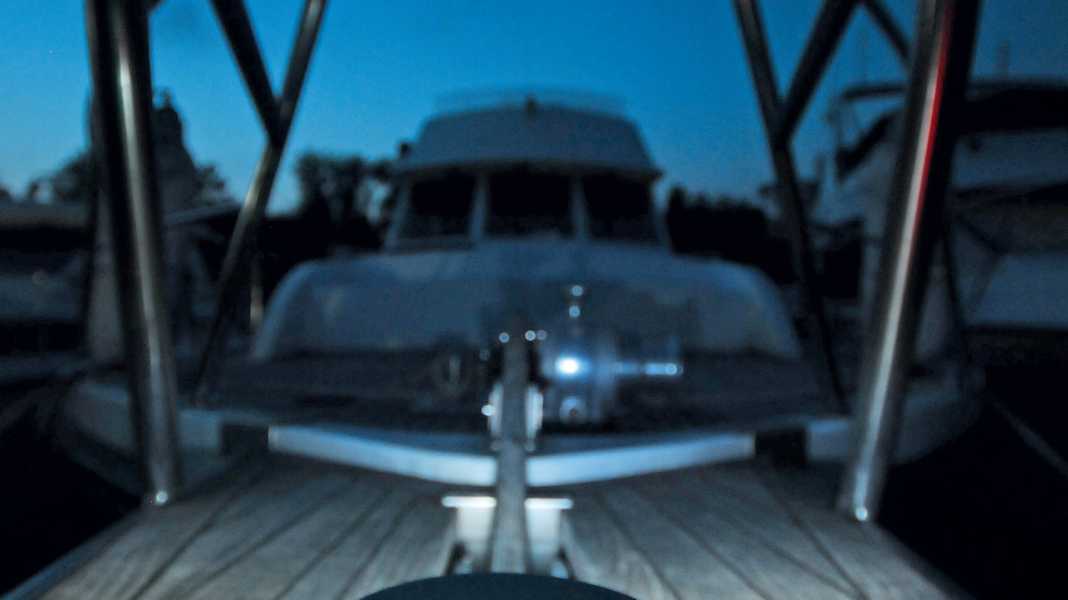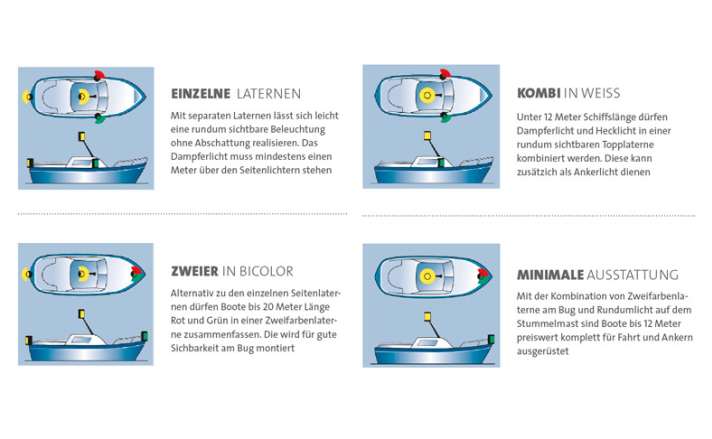
Every boat needs position lights. Travelling without them in poor visibility gives you a queasy feeling when the lanterns of other vehicles get closer and closer. By the way, there are alsoClear legal regulations - In the example above, you should not be on the water at all.

In general lighting today, there are almost onlyLED technology. The days when a bright and hot glowing wire in a glass bulb provided visibility are largely over on the boat.
Today, light is generated in a much more energy-efficient and targeted manner on a semiconductor chip, the so-called light-emitting diode. LED is the abbreviation for light emitting diode.
Those who want to be technically up-to-date also look for this technology in the position lights - and realise that it can be expensive. This raises questions: When we are travelling by boat, the engine is running and there is enough power.
So where is theAdvantage of LED lanterns? The energy saving is minimal, because whether the alternator has to deliver 75 watts more or less makes no measurable difference to the range. Only theAnchor light the sense immediately makes sense.
In practice, the advantages of LED technology lie elsewhere: in reliability. In contrast to filament luminaires, LEDs have a much greaterService life and are virtually insensitive to vibrations.
For this reason, LED lanterns never require the light source to be replaced; the entire unit can be replaced directly during production. Completely waterproof moulding be installed. Usually with a direct connection cable, so that electrical connections that would be exposed to seawater are no longer necessary. Conventional lanterns, on the other hand, can never be completely sealed.
